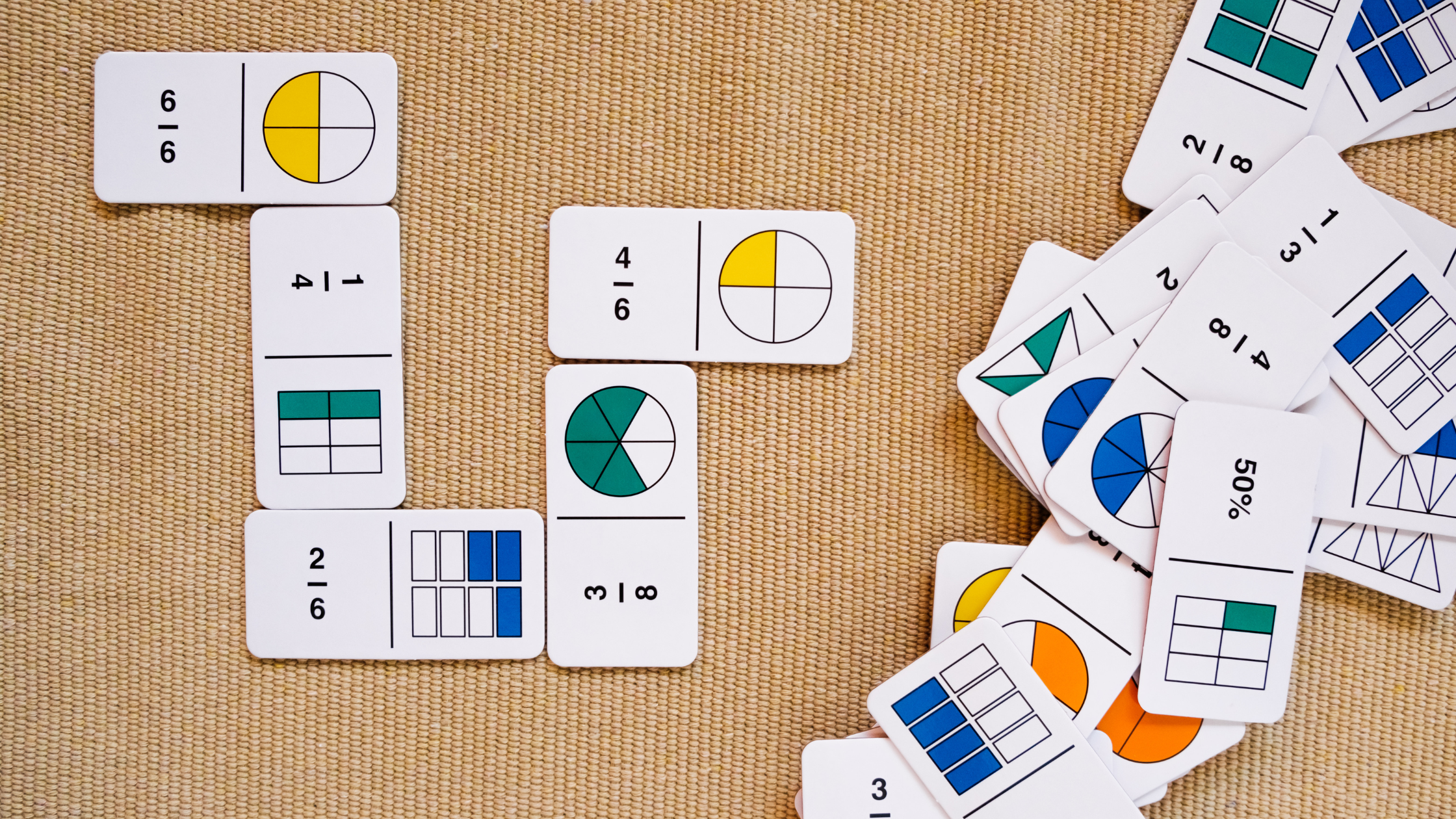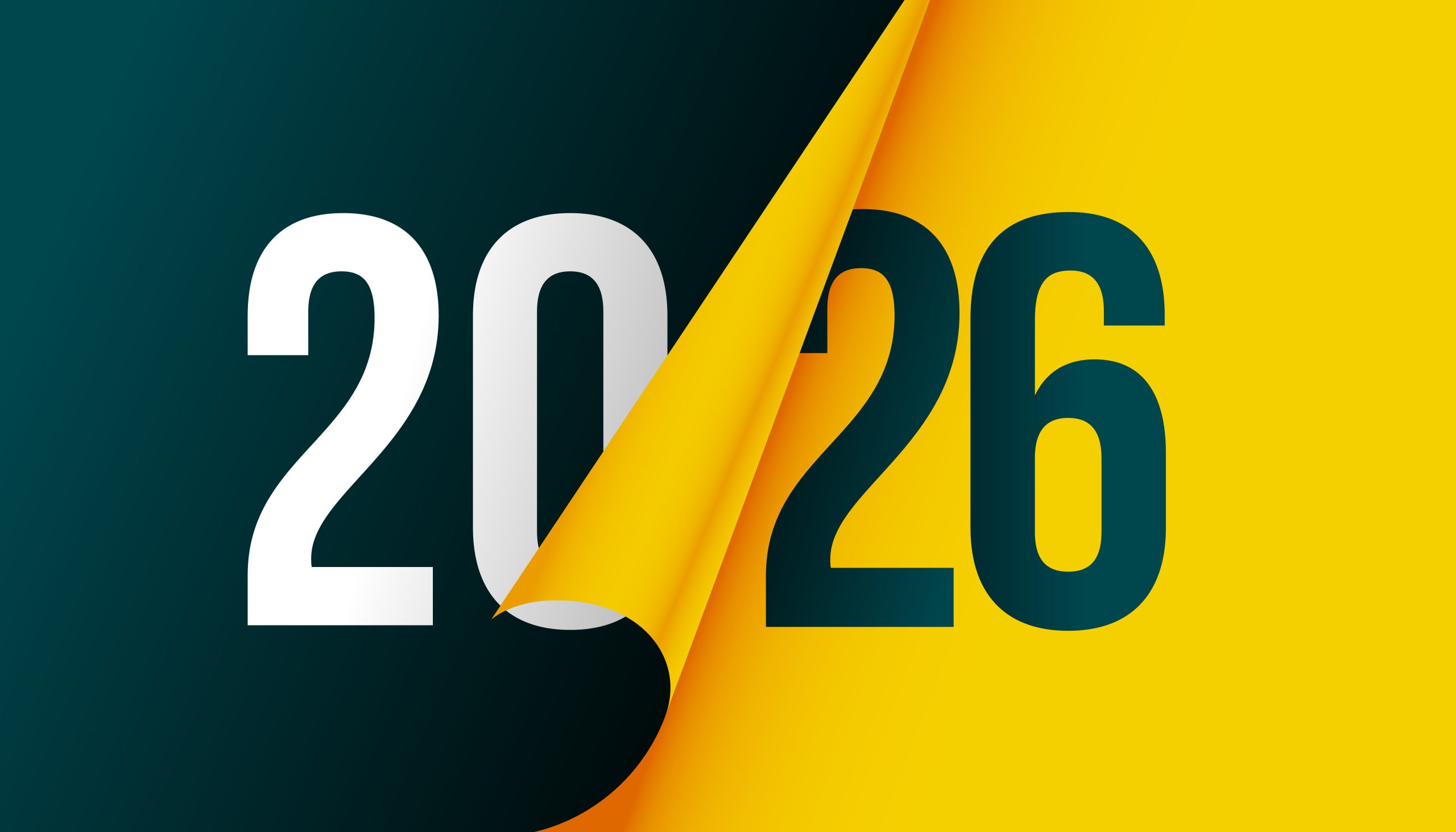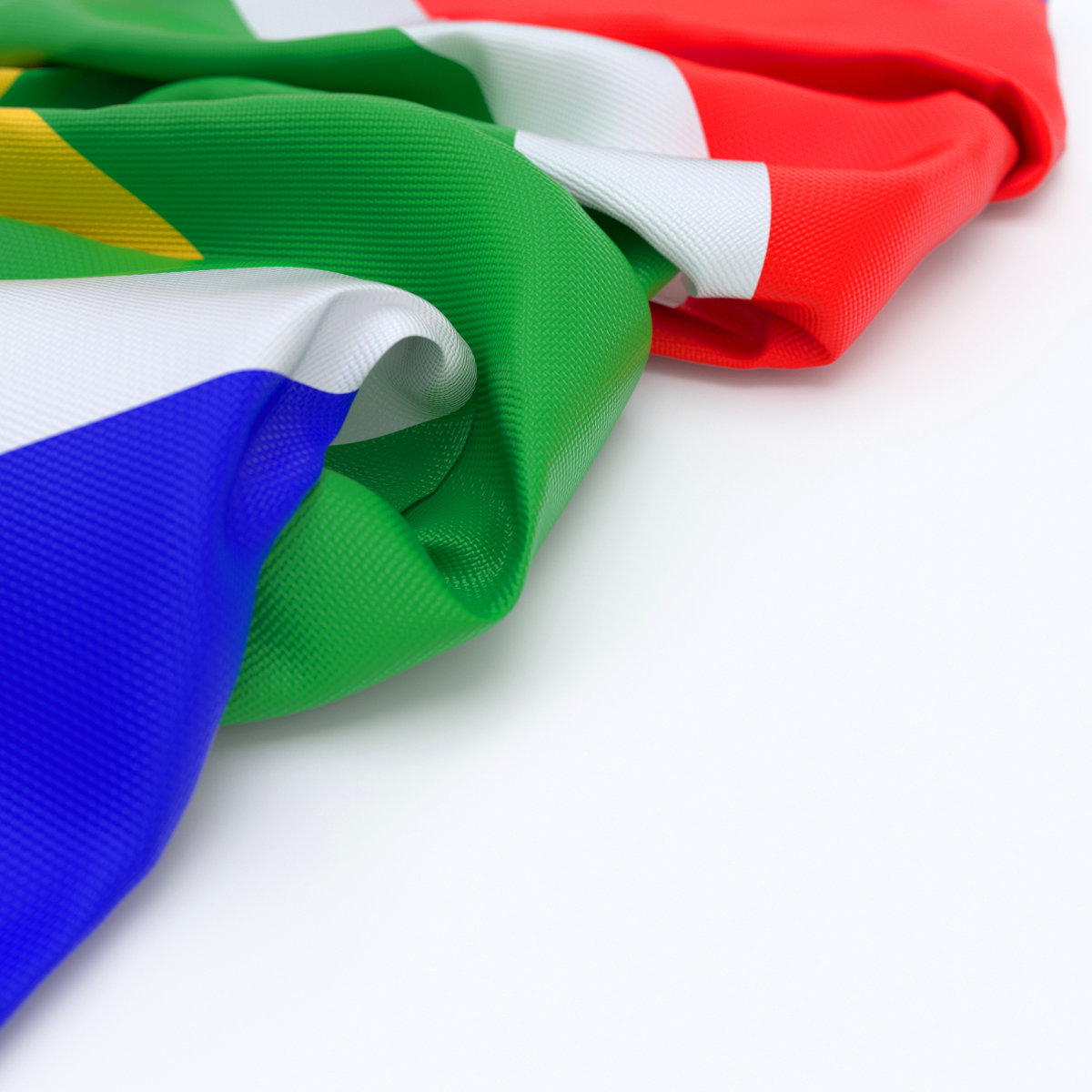Art and science are often seen as opposites—one driven by emotion and creativity, the other by logic and empirical evidence. But in reality, these disciplines have always been intertwined, shaping the way we understand and interact with the world. Both require curiosity, experimentation, observation, and the courage to push boundaries.
Today, as we navigate an era of rapid technological advancements and complex global challenges, the fusion of art and science is more relevant than ever. It’s not just an intellectual curiosity—it’s a powerful catalyst for innovation, communication, and problem-solving.
A History of Convergence
The Renaissance (14th to 17th century) was a golden age of art-science synergy. Think of Leonardo da Vinci—his anatomical drawings weren’t just artistic masterpieces but groundbreaking scientific studies (source). His engineering sketches, from flying machines to military devices, were as much about creativity as they were about technical feasibility. The Renaissance mindset embraced the idea that art and science could—and should—inform each other.
Fast Forward to Today: The New Frontiers
While the Renaissance fused painting with anatomy, today’s convergence spans digital, biological, and technological realms:
- Visualizing Scientific Data – Scientists generate vast amounts of complex data, but raw numbers alone don’t tell the full story. Artists and designers transform data into engaging visuals, making discoveries more accessible and meaningful (source).
- Technological Art – The digital revolution has given birth to art forms deeply rooted in science:
- Preserving the Past with Science – Art conservation now relies on cutting-edge tools like X-ray fluorescence, spectroscopic analysis, and 3D scanning to restore and preserve masterpieces (source).
How Art and Science Elevate Each Other
Science Benefits from Art
- Data visualization enhances pattern recognition and interpretation.
- Creativity fosters innovative problem-solving.
- Artistic skills improve scientific communication and engagement.
- Visual and spatial thinking refine scientific modeling and conceptualization.
Art Benefits from Science
- Scientific tools provide new mediums and techniques.
- Material science innovations enhance durability and vibrancy in art.
- Technology enables interactive and immersive artistic experiences.
- Scientific discoveries inspire new artistic movements and perspectives.
STEAM: Rethinking Education
Recognizing the power of this fusion, educators are moving from STEM (Science, Technology, Engineering, and Mathematics) to STEAM—integrating the Arts into the equation (source). This shift acknowledges that creativity isn’t just an add-on; it’s essential to innovation.
Looking Ahead: The Art-Science Impact on the Future
In tackling global challenges—climate change, artificial intelligence, space exploration—the collaboration between artists and scientists is proving indispensable. Art helps humanize data, making critical issues more relatable, while science provides artists with tools to push creative boundaries.
Challenges to Overcome
- Institutional separation between disciplines.
- Different methodologies of artistic and scientific inquiry.
- Limited funding for interdisciplinary projects.
- Communication barriers between artists and scientists.
Opportunities to Embrace
- New collaborative methodologies.
- Increased interdisciplinary funding initiatives.
- Hybrid educational programs blending art and science.
- Emerging career paths that merge both fields.
Conclusion: Embracing the Art-Science Synergy
The intersection of art and science isn’t just a meeting of two worlds—it’s a force driving human progress. By embracing this synergy, we unlock new possibilities for innovation, deepen our understanding of the world, and enrich human experience. As we move forward, the most groundbreaking solutions and the most awe-inspiring creations will emerge from the space where creativity meets logic, and imagination meets discovery.
What do you think? How have you seen art and science intersect in your own experiences? Share your thoughts below!









Leave a Reply